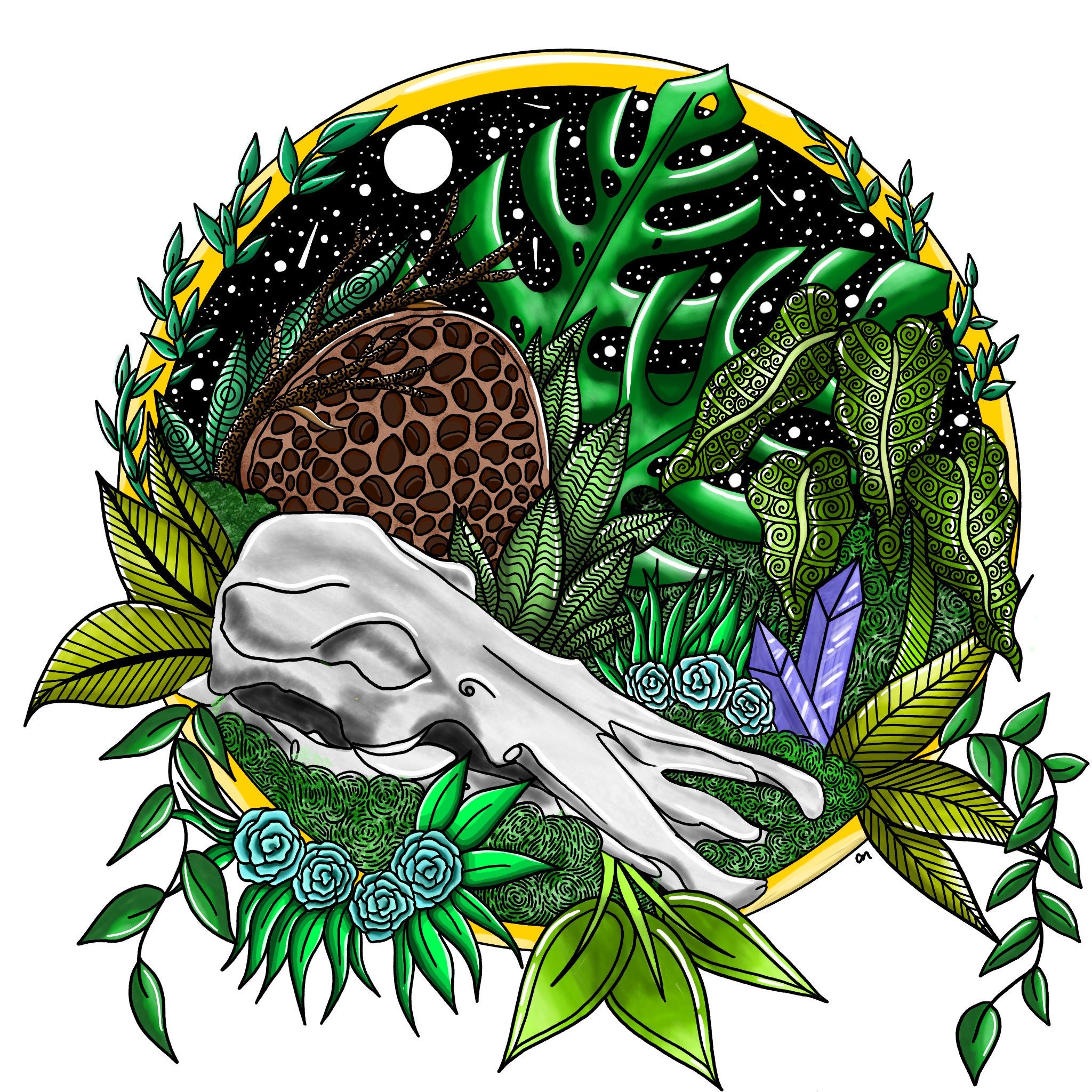

Other notable specimens include a 62 million year old tooth (Paleocene) from South America (Pascual et al., 1992), and a nearly complete skull of an extinct platypus ( Obdurodon dicksoni) from the Miocene (15 million years old) of Australia (Archer et al., 1992 Musser and Archer, 1998). The oldest known specimen is a jaw fragment with teeth from the Cretaceous (110 million years old) of Australia (Archer et al., 1985). The fossil record for monotremes is poor, with few well preserved specimens. It is now known that the platypus, along with the Australasian echidnas ( Tachyglossus and Zaglossus),Ĭomprise the living members of Monotremata, the egg-laying mammals, all of which have a single, common opening for the reproductive, excretory, and digestive systems. In addition, the males have a single spur on each hind ankle that contains venom, and the females lay eggs (Grant, 1995). It has a beak like a duck, webbed forelimbs for swimming, clawed hind feet for aid in burrowing, a common opening for the reproductive, excretory and digestive systems, and a broad, flat tail. This bizzare animal is about the size of a house cat and is covered by thick waterproof hair. It is not difficult to understand why early European explorers were initially puzzled with the classification of the platypus. Embryonic teeth like this specimen can only go so far.Ornithorhynchus anatinus, the duckbill platypus, is a unique mammal native to Queensland, New South Wales, Victoria, South Australia, and Tasmania, where it frequents freshwater streams, rivers, lakes, and lagoons.

Without any teeth, and a relatively poor fossil record, the postition of platypuses on the mammal family tree has proved extremely hard to pin down. This is rather unfortunate for those trying to establish the position of early monotremes (the egg-laying mammals, of which the platypus and echidnas are the sole surviving members). Also, teeth vary a lot over the course of mammal evolution so are particularly useful. This is because teeth are very tough and fossilise well, unlike the rest of the skeleton of these animals, which were mostly tiny. 4) Tooth of contentionįor over a century, the study of how early fossil mammals and their ancestors are related to each other has relied heavily on comparing the arrangement of the cones and ridges that make up teeth. For this reason they are often described as “primitive”, however evolving the loss of teeth – as well as electro-reception and being venomous – is a highly derived characteristic that has taken them far away from their ancient forebears. In some respects platypuses (and their equally toothless relatives, echidnas) share a lot of features with the (toothed) reptile-like creatures that mammals evolved from features which have been modified or lost in the other mammal groups, placentals and marsupials. The toothless state of adult platypuses is one of the many heavily modified characterstics that they display. It is from the historic dissection of a toothed platypus embryo that this specimen originates. This is an interesting reverse of what most animals do – to have babies with no teeth and then adults with teeth. However, for a period during the development of a platypus foetus, they do temporily start to grow teeth which are soon re-absorbed into the skull.
PLATYPUS SKULL LABLED SERIES
Instead of teeth the bill houses a series of horny plates which they use to crush and chew their invertebrate prey (largely crustaceans and worms). Platypuses have a leathery bill, supported by thin struts of bone – heavily reduced and modified from the ancestral mammalian singular lower jawbone (that we have, for example). The most important thing to know about platypus teeth is that platypuses don’t have teeth, which makes this specimen all the more special. LDUCZ-Z715 1) The tooth of a toothless animal

The skull and mandible of an adult platypus showing


 0 kommentar(er)
0 kommentar(er)
